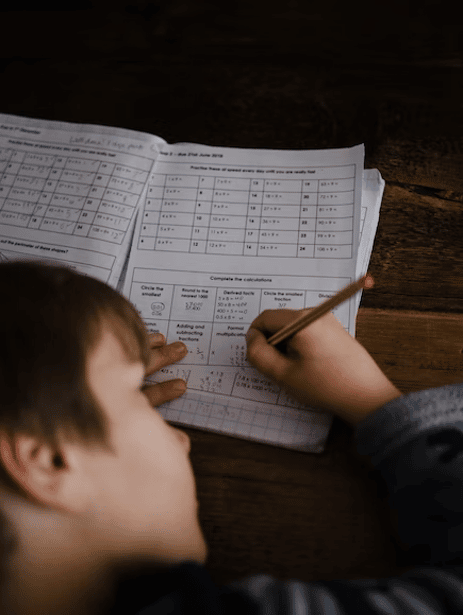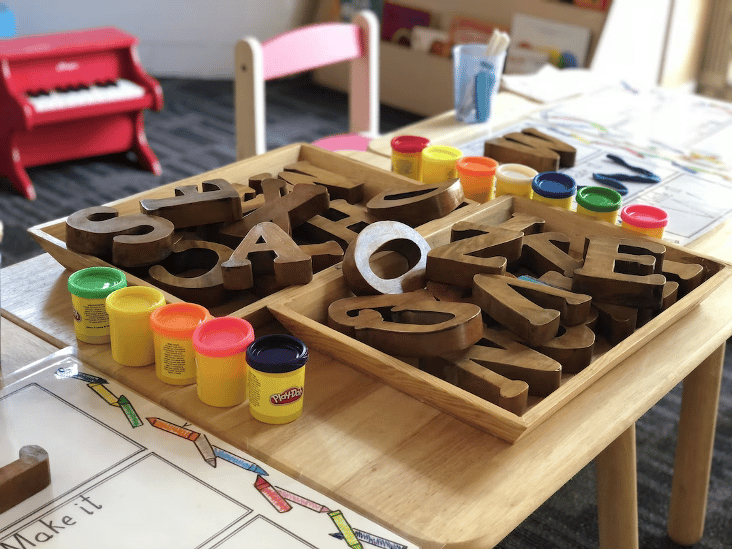What Children Really Need to Learn: Reading Edition
If your heart rate spikes after a quick glance at your child’s “learning objectives,” you’re not alone. The list of “things to know” by first grade, second grade, and so on can strike fear in the hearts of parents, educators, and especially young readers.
What does your child really need to learn to become a confident and fluent reader? Today, we’ll unpack this question and identify the key learning objectives for early readers. Then, we’ll discuss how reading programs for kids can support their grade-specific learning goals and your resting heart rate.

How do kids actually learn how to read?
Most kids learn to read by establishing a strong foundation in phonics. According to the science of reading, children need to learn how to identify letters, letter combinations (also known as “graphemes”), and their corresponding sound units, or “phonemes.” If you’re looking for more detailed information on phonics, check out our in-depth guide on how phonics helps kids learn to read.
What does a brain-on-books look like? A foundational study set out to answer this question by comparing the brain imaging of two different sets of readers. One group of children learned how to identify and segment words into letters and sounds, while the other group never received this explicit training. The researchers found that children had more long-term success if they first learned which letters corresponded to specific sounds, instead of trying to memorize words as wholes.
Fascinatingly, brain scans of both groups showed that the two instructional methods triggered different neural pathways. Those who learned how to read via phonics-based instruction could read aloud more quickly and accurately and were better able to recall the meanings of words. In short: they were better readers!
Best reading programs for kids
The best reading programs for kids are heavy on phonics and light on guesswork. They produce efficient decoders and critical thinkers.

In lieu of brain scans, there are other ways to determine the success of a reading program. Here’s our checklist for choosing a high-quality reading program
1. Phonics-based
In tune with current research, reading programs should emphasize phonics, decoding, and phonemic awareness: the ability to identify and manipulate sounds in words.
Of course, no emergent reader is entirely alike, so some kids may need more explicit phonics instruction than others. But to help youngsters build a strong foundation for lifelong reading, experts recommend explicit and consistent phonics instruction for young children and struggling readers.
2. Aligns with the science of reading
Is the program research-based? Ask yourself this question before making a decision on a supplemental reading curriculum. Any established reading program should be transparent about the scientific basis of its curriculum. Reading Teacher, for instance, uses the Orton-Gillingham Approach as a guide for its materials.
3. Provides tools for all kinds of learners.
Assess the depth and breadth of the program. A well-rounded reading program or intervention will offer a variety of tools for different kinds of learners: visual, kinesthetic, auditory, you name it. Some of our favorite tools at Reading Teacher include:
- Printable books
- Songs
- Videos
- Words cards
- Printable worksheets
…And any other simple, engaging activities that are accessible to parents and educators.

4. Offers tools to track and celebrate progress.
Reading programs should be fun, challenging, and rewarding. Any young reader deserves to see and celebrate each milestone along their journey.
A well-structured program will include a tracking tool for parents and teachers to measure their students’ progress over time. Adults can offer small incentives along the way: with each new skill, readers might unlock a new story, literacy game, or physical prizes like bookmarks or “vouchers” that can be used to purchase new books.
Oftentimes, the best reading programs for kids are also the simplest. With a strong foundation in phonics, decoding, and phonemic awareness (as well as opportunities to celebrate the little wins!), your child will learn to read with confidence, enthusiasm, and scientific integrity.
Take-Aways:
- Successful reading programs should adhere to the science of reading. This growing body of research illuminates the role of explicit phonics instruction, decoding, and phonemic awareness in any literacy curriculum.
- When looking for reading programs, parents and teachers should consider the following:
- Is the program phonics-based?
- Does it align with the science of reading?
- Does it provide tools for different kinds of readers?
- Are there ways to track and celebrate students’ progress?
- If you’re interested in the Reading Teacher program, we recommend using our reading placement assessment to identify your child’s starting level.
Start Teaching Reading for Free Now!
Access Level 1’s four interactive stories and the accompanying supplemental resources to teach elementary students how to read. No credit card is needed. Join the 42,635 teachers and students using our reading program.
